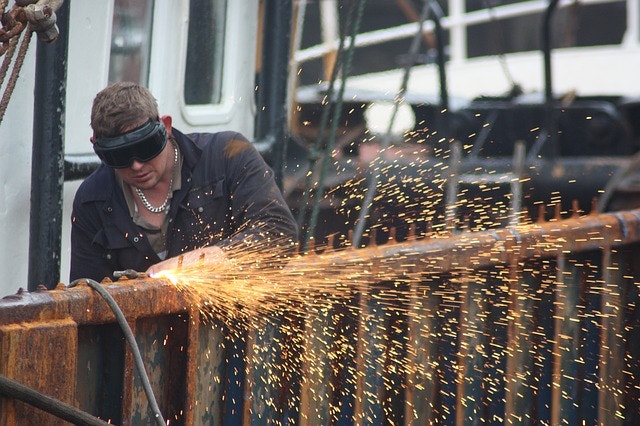OSHA Makes Major Updates to Flame Resistant (FR) Regulations
- Sep 18, 2014
 If you haven't heard or been told, OSHA has recently made some changes to the nearly 40 year old regulations for FR safety gear. These regulations exist under code CFR 1910.269 (Operation and Maintenance).
If you haven't heard or been told, OSHA has recently made some changes to the nearly 40 year old regulations for FR safety gear. These regulations exist under code CFR 1910.269 (Operation and Maintenance).
Apparently, these changes in regulatory standards regarding flame resistant protection have been a controversial subject for quite a few years now. Regardless, they've been published and have went into effect on July 11, 2014. Although there are some changes being made to this revision, there are some new regulations dealing specifically with fire and electrical arc safety. So what do the new regulations say?
Basically, OSHA has stated that flame resistant protection (or FR safety gear) is going to be considered as a normal part of PPE for employees working in areas with exposure to certain levels of fire, flame, sparks, electrical voltage, etc. This also means that it's generally the employer's responsibility to assess the work environment and purchase FR safety garments that meet the standard requirements for employee use within that working environment. Employers will also be responsible to provide training for the proper use & care of the FR PPE garments.
Before this update was made, FR regulations were generally hard to translate. With the new revisions, it is specifically mentioned that clothing worn by employees MUST NOT MELT and MUST NOT IGNITE AND CONTINUE TO BURN when exposed to flame and/or electrical arcs. Additionally, the regulations mention that any clothing made with fabrics containing any amount of acetate, nylon, polyester, rayon, or polypropylene are strictly prohibited unless said fabrics have been properly FR treated and can be proven to comply with the new standards or can be worn in a way that does not pose a threat.
What does it all mean? Well, technically, even with your PPE or FR safety gear, there will be restrictions on certain fabrics that can be worn, which means the pants or shirt you wear under your PPE might not meet the new regulations. This is one reason that there's been scrutiny surrounding these new regulations. However, it seems as if the regulations truly work toward a decrease in injury and death - especially when you look at the statistics regarding incidents occurring in environments where fire resistant PPE wasn't being utilized properly.
The new regulations allow for cotton and wool to still be worn since they don't melt, however, the material must be thick enough to resist from igniting and continuing to burn. Remember, these new standard only apply to environments where fire & electrical arc pose a risk.
One other new standard that comes with these regulations for heat energy that could possibly exceed 2.0 cal/cm2. This standard calls for a flame resistant outer layer that covers upper and lower body parts - from head to toe - as well as head protection which adheres to certain levels of flame resistance.
Although the new regulations have gone into effect in July, OSHA has given employers until January 1, 2015 to assess the work environment of employees and make an estimates for incident energy. Then, employers have until April 1, 2015 to purchase & implement the use of the proper fire resistant PPE equipment that meets new standard requirements.
The details of the new OSHA regulations can be read here, in OSHA 1910.269.
The new regulations are expected to make a large impact on employers as well as FR safety gear manufacturers. While January and April seem a ways away, it's going to be critical for employers to determine their specific needs immediately. In other words, to avoid OSHA penalties, Flame Resistant safety gear should be acquired as soon as possible to avoid the low product availability that's expected due to the newly increased demand.

